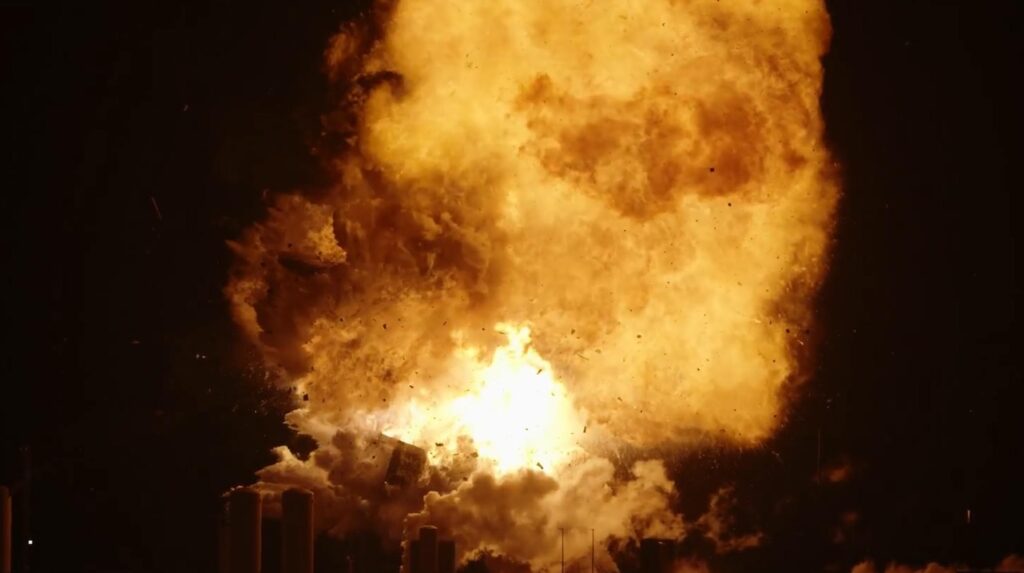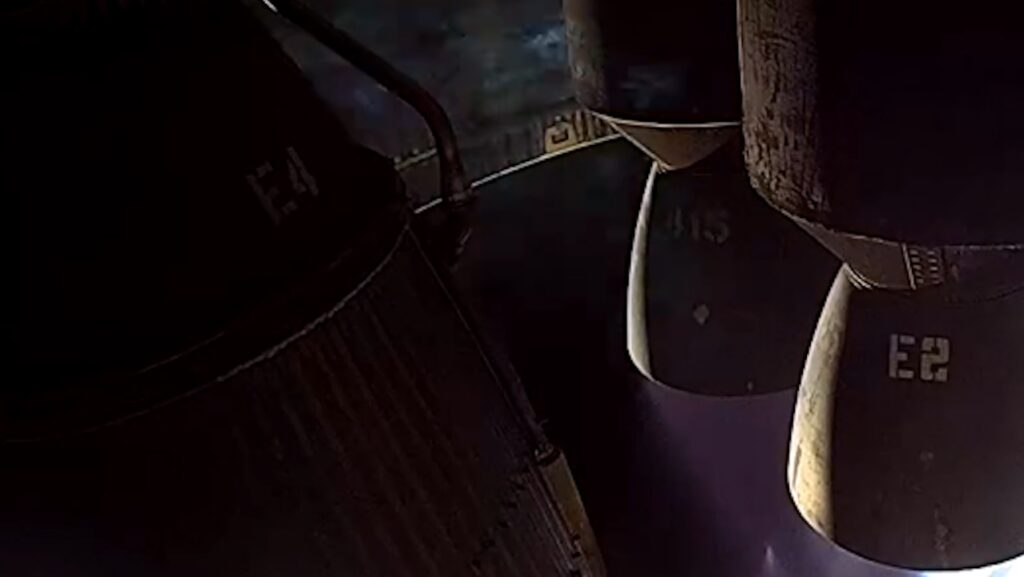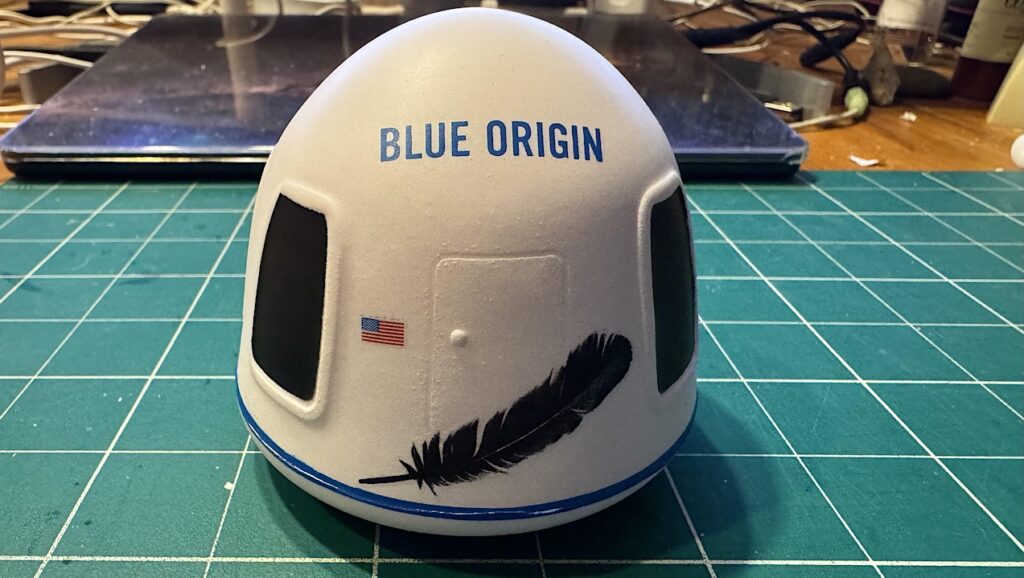SpaceX Focuses on Pad Explosion Causes – And Next Launch Date

SpaceX Anomaly Update 2 January 2017
“The investigation team identified several credible causes for the COPV failure, all of which involve accumulation of super chilled LOX or SOX in buckles under the overwrap. The corrective actions address all credible causes and focus on changes which avoid the conditions that led to these credible causes. In the short term, this entails changing the COPV configuration to allow warmer temperature helium to be loaded, as well as returning helium loading operations to a prior flight proven configuration based on operations used in over 700 successful COPV loads. In the long term, SpaceX will implement design changes to the COPVs to prevent buckles altogether, which will allow for faster loading operations.”









Space X could have launched in December and has dealt with the problem in a convincing manner. We are waiting for the government to study the situation. If the government has something legitimate that is fine, but constantly delaying and under-funding Space X is not in our long term best interests.
Under-funding?
“Under-funding?” Yes, the Dragon could have already been delivering astronauts to the ISS instead of enriching Russia with each launch if congress had fully funded Space X instead of cutting it each year. Contrast with Boeing, Russia, and NASA.
What says the government is delaying them? And how are they underfunded?
The government delay would be the FAA waiting to see the SpaceX report before granting them a license to fly.
This is good news, lets hope the Iridium launch goes smoothly. Space-X have a great way of working through problems like this, they find the cause, take corrective action to ensure the same problem can’t happen again look to improve the design then crucially “Move On” as quickly and safely as possible, if there is any chance of getting humans to mars and back the modern NASA quagmire of bureaucracy that brings everything to a screeching halt for at least a year following any accident has to go, trying to over analyze everything is not going to prevent future problems, the best way to maximize safety is to fix the problem in hand then get straight back on the learning curve. You’ll never learn to ride a bike safely if after every accident you spend a year trying to imagine every possible accident scenario, the best thing to do is get straight back on and keep learning.
So not taking a long time to investigate, not initiating any structural correction of the problem, is a good thing now? OK Space X has lost 2 vehicles, from different events. I cannot agree that: “Space-X have a great way of working through problems like this.”
In comparison to any other rocket manufactures I would say Space-x has a pretty good track record considering they were only formed in 2002, how many failures did the likes of Boeing, Lockheed, Arianne etc have in their first 14 years of launching rockets? Space-X has had 2 major failures fairly close together which is a pain but the fact is the proverbial happens sometimes, in both cases the engineers who know the F9 better than anyone have analyzed what happened quickly and efficiently and taken corrective action to ensure the same problems do not occur again that is what I would call a great way of working through the problem, Setting up a highly paid committee made up mostly of management types to sit around and ponder for a year is in my opinion not.
Yep. Even Gerst pointed out that it would take as long for NASA to form the committee as it took SpaceX to solve the problem (the first one).
That would be wrong.
The Columbia Accident board was named about 24 hours after the accident occurred.
I’d have to reread their report, but I don’t think this is correct. One of the Rogers report (on the Challenger accident) funding was about accident investigation boards. Specifically, NASA didn’t have any, and the Rogers commission had to be formed ad-hoc and by presidential order. The report recommended that NASA have an accident investigation board pre-selected and on call, in the event of an accident. That’s how the CAIB could start up so quickly.
Comparing to Boeing, Lockheed in their first 14 years of launching rockets is idiotic. We, the USA, were still learning rocket science in the 1960’s. This is more than 50 years later and SpaceX has the benefit of all the previous work and research.
“We, the USA, were still learning rocket science in the 1960’s. This is more than 50 years later and SpaceX has the benefit of all the previous work and research.” No, Space-X does not necessarily have the benefit of all previous work and research, while of course there is perhaps more knowledge of basic rocket design principals and ideas etc out there Space-X would have had very little if anything in the way of access to current designs and test data etc, much of which is I would guess proprietary knowledge they were essentially starting from scratch in 2002 with their own design and testing just as the “Old Space” companies were in the 60’s.
Space X has made a structural fix to each failure that has worked. Contrast advantages and disadvantages with Boeing (still waiting), Russia (old and reliable, but do we want to pay for their space program?) , NASA (more expensive and still waiting for Mars or even the moon which is always 20 years out), and Space X.
Has anyone seen the exact mechanism by which SOX would cause the rupture?
There is a statement that the liner buckled. So apparently the pressure in the LOX tank was greater than the pressure in the Helium tank, and the oxygen, either as a liquid or a gas, permeated through the windings of carbon fiber and collected under the liner, pushing it inwards. Apparently as the tank was filled with helium its temperature dropped below 54K, causing the oxygen trapped under buckled areas of the liner to freeze. Then, as the helium pressure rose toward 350 bar, the crystals or chunks of solid oxygen (SOX?) were forced against the graphite windings under extreme pressure.
But what happened next? Did the SOX react chemically with the graphite, or did sharp-edged SOX crystals sever the graphite fibers mechanically like a knife? In either case, presumably keeping pressure in the COPV higher than pressure in the LOX tank (to keep the liner pressed firmly against the overwrap) will keep LOX from accumulating under the liner, and keeping temperature in the COPV well above the 54K freezing point of oxygen should eliminate the failure mode.
But there is another problem, and SpaceX cannot afford to ignore it. Can (or will) SpaceX find a way to keep oxygen from permeating into the composite layers in the first place? This isn’t really a problem on the second stage, which is not reused. But the same thing may be happening on the booster. After landing, the COPVs warm up and any LOX that has permeated into the composite wrap will vaporize, forcing the composite layers apart and causing delamination and subsequent failure. This is one of the problems that led to cancellation of the X-33. The DC-X and later Blue Origin with the New Shepherd have demonstrated linerless composite cryogenic tanks that are reusable and thus have solved the permeation problem, but it isn’t clear whether the same technology is available to SpaceX (will Bezos will call up Musk and give him the resin formulation?) or usable for high pressure COPV construction.
There’s a discussion (somewhere, sorry) that the oxygen became a solid in the ultra cold environment; the phase change apparently brings on new characteristics; I didn’t see a discussion of what, exactly.
Edit: Oxygen volume reduces when frozen (dramatically at 1 Atm anyway). I still don’t visualize how this and friction go together.
In any case if the O2 is isolated what exactly started to burn? Couldn’t happen inside the tank, since it’s just O2, so presumably at some point the oxygen was in a place it’s not supposed to be. How this relates to friction I don’t know.
I can find no clear evidence that a chemical reaction was involved in the COPV rupture. The energy released just by the sudden expansion of 10 liters of helium at 350 bar and 55K being released to 1 bar and ambient temperature is roughly equivalent to the explosion of 44kg of TNT, quite enough to produce the initial “fireball” (not really fire, but hot and rapidly expanding gas). There is some possibility that the oxygen reacted with the carbon in the COPV windings, but since all three of the tanks were found, it obviously did not simply burn. Although graphite is a form of carbon and can, under extreme heat, be ignited, (see Chernobyl) graphite fibers are very hard to ignite even in pure oxygen.
The tanks are made of aluminum. One idea was that the carbon burned. I haven’t heard that they recovered all of the carbon. It could have burned up in the secondary explosions. That would have been the fuel and the friction caused by the solid Oxygen pressing against the carbon fibers would have been the ignition source.
Another possibility might be that the fibers were cut by the solid Oxygen reducing the burst pressure of the tank and allowing it to burst.
No. But they said it was trapped. So if like water, it expands it could cause a strand to break. They say friction ignites the strand. They were using liquid helium which could freeze the LOX. I guess a faster load. They are going back to the way they did 700 successful loads. I think they should have seen that this could happen. A gas load must take longer than 35 min. super chill load. So super chilling caused the explosion. They say they can do it though. What they are doing covers all the wh
at ifs.
I can find nothing to indicate that SpaceX has ever used liquid helium. Helium boils at only 4.2K, far below the freezing point of oxygen. The helium used by SpaceX was clearly at less than 54K, pretty darn cold, but still a gas.
Water is very unusual. Most liquids contract when they freeze.
No, I believe it was gaseous Helium but it has a lower liquid temp than LOX. They used the colder Helium temp to get more in the tank.
There have been a number of press reports, and not all completely consistent. But I got the impression that the He temperature was unintentionally low. Gases cool when their pressure decreases, and that’s what happens when you pump them. Especially if you pump them quickly.
LOX pressure would not need to be greater. The H2 tank is wound with carbon fibers. The LOX, like a liquid would do, goes through the carbon overwrap.
The theory seems to be that the LOX at super cold temps to be able to put more into the tank was in contact with the gaseous H2 tank. The H2 during loading was or became cold. As it was loading and expanding into the tank, caused the tank to go low enough to cause the LOX in contact with the tank to become a solid.
Either being a solid caused it to expand or the H2 tank expanding slightly as it was loaded caused friction or damaged the carbon fibers. IMHO, either the cut fibers caused the H2 tank to lose strength or the fibers caught fire again causing the tank to lose strength, causing the tank to burst. The bursting tank sent metal perhaps into the fuel tank causing the fireball.
I think you mean He, not H2. The Falcon doesn’t use hydrogen.
Yep, you’re right. Knew it looked familiar 🙂
I heard they recreated the failure but haven’t seen any videos. I suspect most details would be held back for ITAR/Proprietary reasons so we might not hear much more. I had never heard solid Oxygen mentioned before regarding launch vehicles.
I wonder, could we justifiably call the remodelled Falcon-9 the “version 1.3”?
SpaceX is reluctant to change model numbers even when the entire vehicle is redesigned because they would like to avoid “recertification”. Which is fine, they should keep all the modifications and tests internal. But they should test each change with static fires of each stage before they load a cargo, and with at least a few successful launches before they do a manned launch.